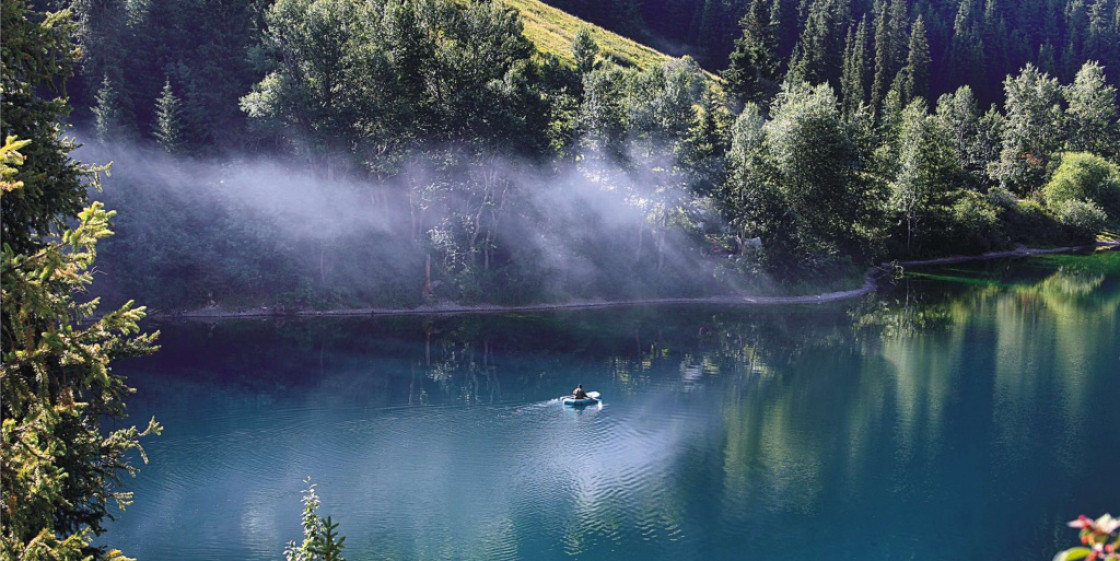
 National parks & reserves
National parks & reserves
46.1825, 81.7902
The Alakol State Natural Reserve is founded by the governmental order of Kazakhstan from April 21, 1998, with a view of the preservation of natural complexes of fauna and flora of the river Tentek delta, and also a unique population of a relic seagull and other continental birds on Alakol lake islands. It is located within Alakol area in Almaty and Urdzhar regions of East Kazakhstan district. At the beginning the reserve area made 12520 hectares, then it has been increased to 20743 hectares. Now it includes two areas: the delta of the river Tentek (17423 hectares) and islands of the lake Alakol (3320 hectares).
The lake Alakol is translated from Kazakh as «Motley lake», its length is 104 km, width - 52 km, average depth - 22 m, the deepest point - 54 m, length of the coastal line is 348 km.
Duration of freeze-up is about 2 months (February-March). The biggest thickness of ice is 0,8 m (in February). Ice thawing – April - the beginning of May. Water temperature at the end of May reaches +7 … +15°С. The water mineralization on water area fluctuates from 1,2 to 11,6 g/l. On composition, water is sodium- chloride, and sodium -sulfate -chloride.
The high content of fluorine and bromine is in waters of the lake Alakol. The phytoplankton is presented by 58 species of seaweed. Eight species of fishes live in waters of Alakol. The pike perch, a sazan, marinka, a perch are traded.
Climate
The climate of the area is sharply continental with droughty summer and rather cold, with little snow, windy winter, characteristic for extratropical deserts. On the territory of the hollow, within a year, get three basic type of air mass: Arctic, polar and tropical. The average annual temperature of air fluctuates within 6.2 – 7.2°С, at absolute maximum +42°С and absolute minimum-46°C.
The monthly average temperature of air in January on a meteorological station "Druzhba"-16.6°C, in Usharal – -14.0°C, in July average temperature of air in Dzhungar arch makes +25.3°С, in area Usharal – +24.1°С. The arrival of total radiation makes 125-135 kcal/cm2 a year, thus on a terrestrial surface is on average 168 kcal/km2 a year. The mid-annual sum of precipitations is from 146 (station “Druzhba”) to 279 mm (station Usharal).
In December - March their monthly average quantity on these two meteorological stations accordingly changed from 3.2 – 4.6 to 31.4 – 28.6 mm, in April - May – from 13.5 – 12.2 to 35.1 – 29.8 mm, June - July – from 15.7 – 18.4 to 24.2 – 22.3 mm, August - September – from 21.7 – 14.5 to 8.5 – 12.2 mm, October - November - from 5.2 – 2.3 to 21.6 – 20.0 mm.
The maximum of precipitations comes in April - May, and November - December. The mid-annual relative humidity of air in Dzhungar arch makes 58 % (maximum in November - March – 71 – 85 %), in an area of Usharal – 63 % (77 - 81 %). Last 25 years in the Alakolsky hollow the considerable warming of a climate accompanied by frequent winter thaw and rains is marked.
Reserve flora
In the reserve territory, botanists reveal 269 species of the vascular plants, related to 57 families and 193 sorts. By the greatest variety are characterized families: compositae, chenopodiaceous, bluegrass, bean and labiatae.
The phytoplankton is presented by 58 species of seaweed. Along lake the reed ordinary, a sedge, a blue joint, a cane, a reed mace, soft water vegetation other grows. These tangles – the major nested and fodder stations of numerous waterfowl and near-water birds.
Reserve fauna
In total in reserve, there are 33 species of mammals. From mammals, characteristic inhabitants of reed jungle and deltoid lakes are the wild boars, the Siberian roe, a muskrat, waterhen. On deserted sites of coast a wolf, a fox, a corsac, a badger, an ermine, a steppe polecat, a weasel, eared hedgehog are found. From rodents, the ordinary hare tolay, a tamarisk gerbil, red-cheeked gopher, small and big jerboas, mole lemming are usually enough. In modern borders of reserve 272 species of birds, including delta Tentek – 263 species (119 nesting) and islands of Alakol – 87 (49 nesting) are recorded. From the rare disappearing birds, included in Kazakhstan Red Book, in the Alakol hollow 38 species, including 27 nesting are registered. A symbol of Alakol reserve is the relic seagull.
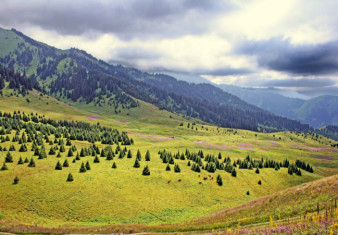
Ile-Alatau is a National Park in Kazakhstan. It was created in 1996 and covers about 200,000 ha.
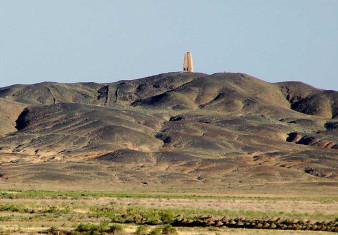
Karatau state nature reserve is the youngest among Republic reserves. It is founded by the Government of Republic of Kazakhstan under order №240 from March, 1st, 2004.
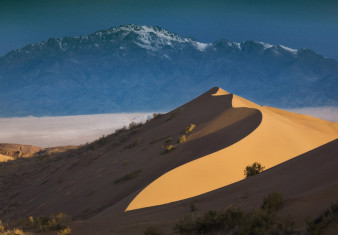
Altyn-Emel State National Nature Park is sprawled in the heart of Central Asia, in the valley of the Ili River, about 150 kilometers away from Almaty, Kazakhstan’s largest city.
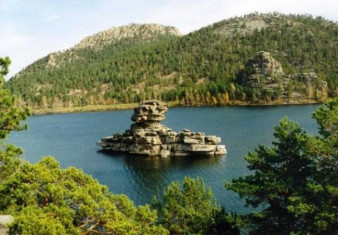
The Burabay National Park is a natural park located in the Burabay District, in Akmola Region, Kazakhstan. The park is under the direct jurisdiction of the President of Kazakhstan.
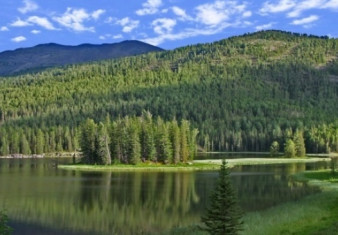
Katon-Karagay National Park is the largest national park in Kazakhstan, located on the eastern edge of the country, in the Southern Altai Mountains.
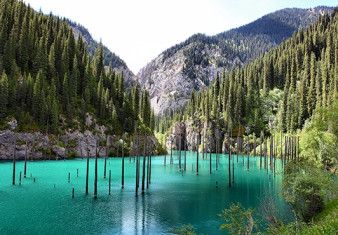
Kolsay Lakes National Park is centered on the Kolsay Lakes, a system of mountain lakes on the north slope of the Tian Shan Mountains of southeast Kazakhstan, 10 km from the border with Kyrgyzstan.
























